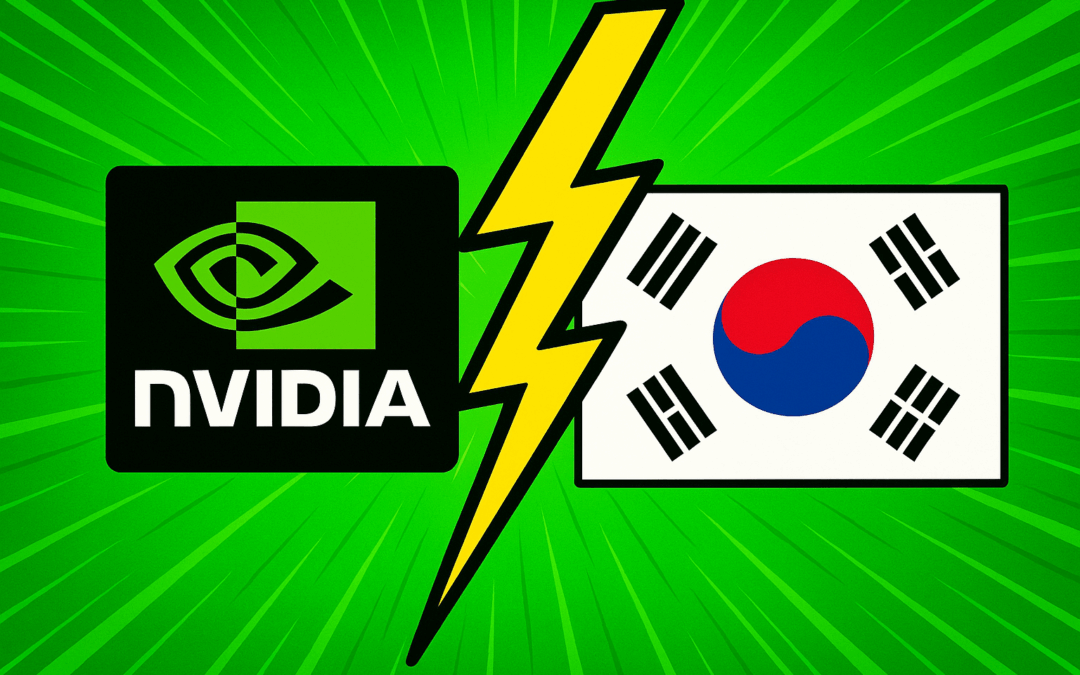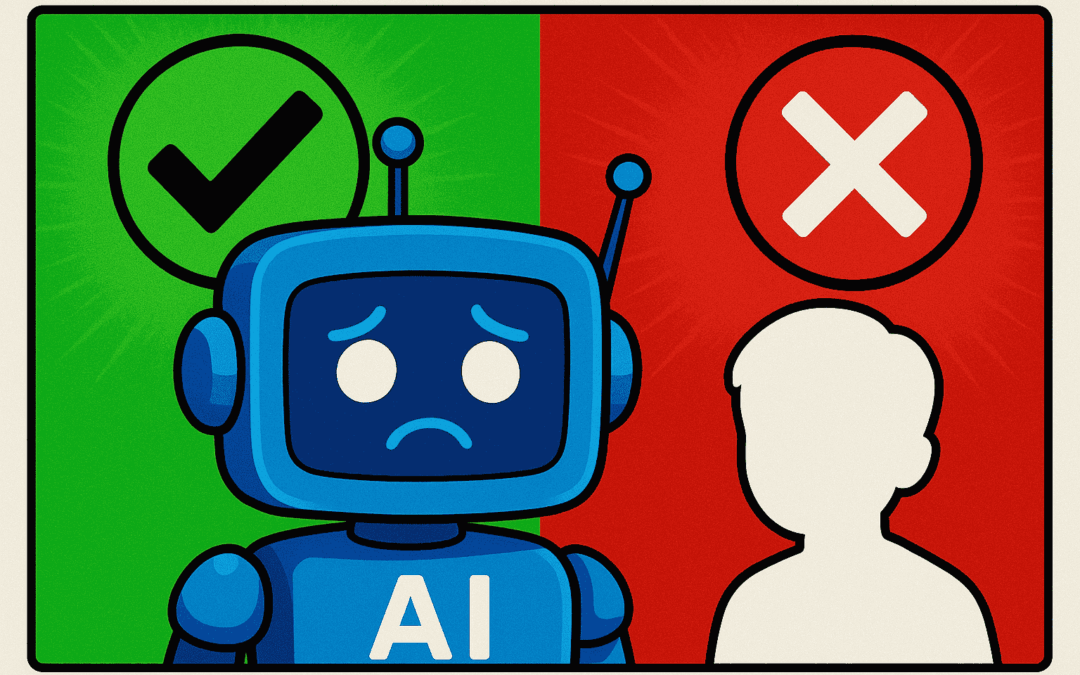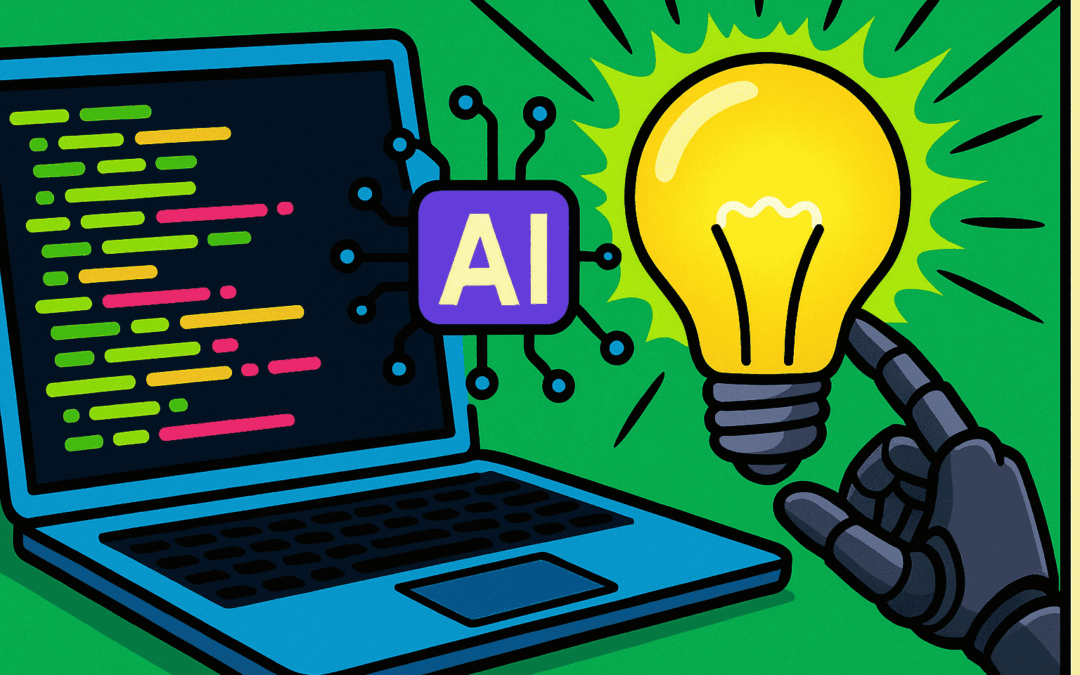Major players in Korea’s tech landscape are deepening alliances with Nvidia to power next-generation generative AI solutions.
Strategic partnerships between Nvidia and Hyundai, Samsung, SK Group, and Naver signal an aggressive industry-wide commitment to AI infrastructure innovation and ecosystem development.
Key Takeaways
- Nvidia is entering strategic AI partnerships with Hyundai, Samsung, SK Group, and Naver.
- Collaborations focus on generative AI, data center infrastructure, and large language models (LLMs).
- Samsung plans to deliver high-bandwidth memory (HBM) solutions optimized for Nvidia GPUs, advancing AI model training at scale.
- Naver partners with Nvidia to develop multilingual LLMs for global and enterprise deployment.
- These alliances could quickly escalate generative AI adoption across automotive, cloud, and enterprise sectors in South Korea.
Nvidia Accelerates AI Ecosystem Growth in Korea
Nvidia’s expanded alliances with Korea’s top technology conglomerates arrive as generative AI competition intensifies.
With Samsung Electronics supplying the latest HBM3E memory chips optimized for Nvidia’s H100 and forthcoming Blackwell GPUs, AI training workloads stand to benefit from unprecedented bandwidth and reduced latency.
“Rapid collaboration between Nvidia and Korea’s tech giants signals a new era of large-scale AI deployment in Asia.”
SK Group is investing heavily in AI-focused data centers powered by Nvidia GPU clusters, supporting local startups and enterprises building bespoke LLMs and computer vision solutions.
Meanwhile, Hyundai Motor Group is integrating Nvidia’s platforms to accelerate robotaxi deployment and next-gen mobility systems.
Naver, among Korea’s largest cloud and internet service providers, is working with Nvidia to create advanced multilingual LLMs.
These models will support Korean and Southeast Asian markets, as well as global-scale enterprise solutions.
Analysis: Broader Industry Implications
These deepening partnerships strongly position Korea’s tech ecosystem as an AI powerhouse. Samsung’s aggressive push to be the world’s dominant HBM supplier directly supports Nvidia’s ballooning demand for memory suitable for massive LLM training.
According to Reuters, Samsung and SK Hynix now jointly supply over 90% of global HBM chips, key to every leading generative AI platform.
“Expect to see Korean corporations launching domain-specific and multilingual chatbots, as well as industry-tuned LLMs, powered by the Nvidia-Korea tech stack.”
For developers and AI professionals, these announcements unlock new opportunities to co-optimize hardware and software stacks. Startups gain easier access to scalable GPU compute resources and advanced cloud infrastructure, narrowing the gap with global peers in the US and China.
Recent comments from Nvidia CEO Jensen Huang echo this momentum, noting that the synergy with South Korea’s semiconductor and cloud players is “accelerating regional innovation in AI and supercomputing” (Bloomberg).
What’s Next for Generative AI in Korea?
The intensified Nvidia-Korea partnerships show that the next phase of global LLM competition won’t just be about English language dominance or Silicon Valley prowess.
Regional innovation will shape application-specific models, voice assistants, and enterprise-grade generative AI—buoyed by world-class hardware and customized cloud platforms coming quickly to market.
For developers, now is the time to ride this wave—leveraging Nvidia-powered AI accelerators, collaborating on open-source Korean LLMs, and integrating advanced generative models into automotive, finance, and digital business ecosystems.
Source: TechCrunch











